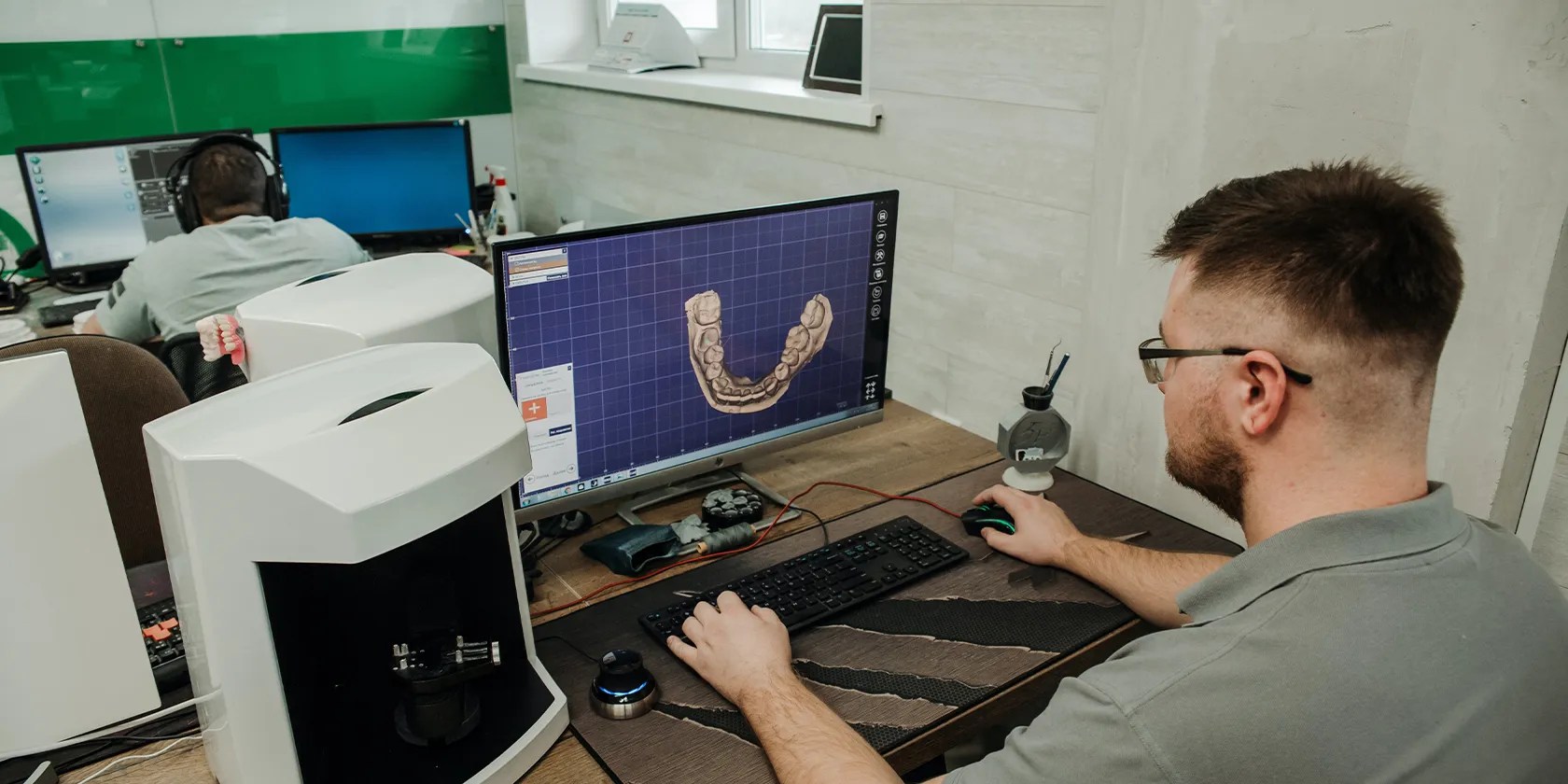How to Convert STL to G-Code: The Easiest Way
If you are a 3D printing enthusiast, you have probably seen STL and G-code files. STL files are the most common 3D printer file type, while G-code is the language most 3D printers use to control movement. Read on to discover how to convert STL files to G-code using Cura software.
What Are STL and G-Code, and What Are Their Uses?
STL filesare the most common 3D printing file format. STL stands for STereoLithography. G-code, on the other hand, is a programming language that tells a 3D printer and CNC (computer numerical control) machines what to do step by step. 3D printers use G-code to create objects. The printer reads the G-code and creates the object layer by layer according to the instructions in the file.
Benefits of Converting STL to G-Code
Here are seven reasons you might want to convert STL files to G-code.
How to Convert an STL File to G-Code
There are two main ways to generate G-code from an STL file. The first is to use a slicing program, and the second is to use a CAM program. Slicing programs take a three-dimensional model and cut it into layers, which can then be printed one at a time. Slicing software is the most common way to generate G-code, as it is relatively simple and fast. However, it does have some limitations. For example, it can only generate code for straight lines and simple curves. It also cannot handle more complex shapes very well.
CAM programs can, on the other hand, generate G-code for complex shapes, but they are more challenging to use than slicing programs. They are used by people who are already familiar with CNC machining. Her we will use slicing software to convert the STL file to G-code.

There are many3D printer slicersavailable, but in this guide, we’ll focus onCura. Cura is an open-source slicer created by Ultimaker, a leading desktop FFF/FDM printer manufacturer. It’s a popular program because it’s free, relatively easy to use, and produces high-quality results.
Converting an STL File to G-Code in Cura
To convert an STL file to G-code in Cura, follow these steps:
Cura will now output a file with a “.gcode” extension containing all instructions necessary to print your model, and you can save it to your computer. Congratulations, you have successfully converted an STL file to G-code in Cura!

Tips That You Should Know When Converting STL to G-Code in Cura
Always Check and Review Your G-Code
Now you know how to convert STL files to G-code using slicing software. Before you hit the Print button, however, checking your G-code for errors is a good idea. Many online tools can help you review your G-code for mistakes; it is always worth taking the time to do this before starting a print. In addition, reviewing your G-code can help identify potential problems, such as overheating or clogs. As a result, checking your G-code is essential in ensuring a successful print.
Got some STL 3D printing files you want to convert to the STEP format for CAD software? We’ll show you how to do it.

Now, I actually finish the books I start.
Free AI tools are legitimately powerful; you just need to know how to stack them.

Make sure you don’t miss these movies and shows before Netflix removes them.
Your phone is a better editor than you give it credit for.

These plugins will make you wonder why you used Photoshop in the first place.